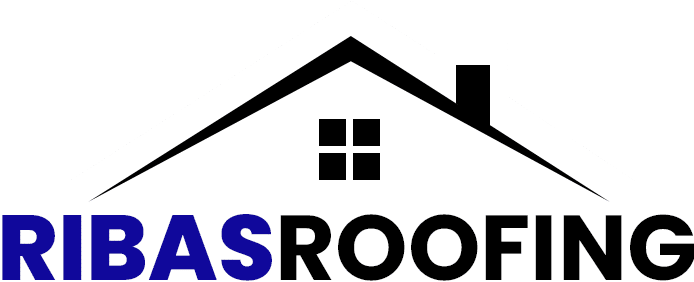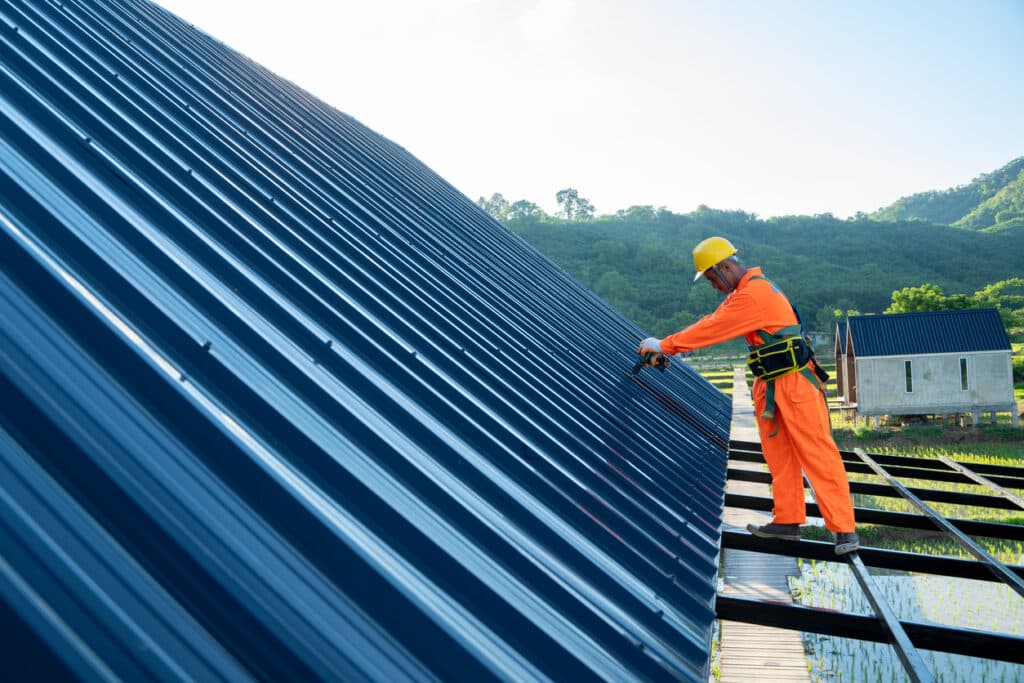Spring is a time associated with new beginnings. Homeowners freshen their homes by engaging in spring cleaning, performing maintenance tasks and making repairs where needed. An item that often gets overlooked during spring sprucing is the roof. Many homeowners believe that roofs are durable thus can last many years without needing much care and attention when this is far from true. To ensure that you do not face major roofing disasters, it is crucial that you follow the below four roofing maintenance checklist items this spring.
1. Inspect Your Shingles
Shingles are constructed from a variety of materials such as slate, wood, flagstone, asphalt, cement and plastic. When inspecting your shingles, start at the lowest level and work your way upward. Check for dents, mildew stains and loose, curled or missing shingles. Dents can be the result of rocks or hail damage. Missing shingles may be blown off during a gust of wind. The shingles may also be loose or in need of repair. Damaged shingles may lead to leaks, which will threaten the integrity of your home.
2. Check Gutters and Downspouts
Gutters are designed to carry water away from the roof, and downspouts are the conduits that carry water from the gutters. They should be secured by metal braces or clips. If they are blocked, clogged, loose or missing, you can have leakage problems, and rain can be an invitation for further damage. A gutter clog can cause standing water, easily leading to rot, decay, corrosion and other problems. Schedule a cleaning or repair as necessary.
3. Inspect the Flashing
Flashing is a metal or plastic edging installed to prevent water from reaching critical areas of the roof. It covers vents, chimneys, skylights and dormers. Check for holes, rot, corrosion, rust or loose flashing. If the flashing is torn or deteriorated, it should be replaced immediately. A reputable contractor should easily repair or replace compromised flashing. They will start by inspecting the area to determine what materials are needed. They will then cut and install the new flashing. Without flashing, water can leak down to your interior walls and ceilings.
4. Inspect the Roof Structure
For this task, you will need to enlist the help of a professional contractor. They have tools designed specifically for this type of inspection. They can access difficult-to-reach areas and perform important tests on the structural integrity of your roof. The assessment includes the roof deck, joists, rafters, beams, and gutters. They will check for cracks and warping, determine the depth of your shingles and any damage that may have occurred before their inspection. Modern leak detection equipment allows them to locate potential water problems and trace the source to its origin. They can also recommend maintenance solutions, including new flashing or protective coatings. The contractor can tell how much life is left on your roof and advise how to move forward with making necessary repairs.
Maintenance should be done at least once per year, as this ensures that small issues are resolved before they become larger problems. Repairs are more costly if not caught in time. If you are searching for a professional roof inspection, repair and replacement contractor in Atascadero, CA, look no further than Ribas Roofing.


